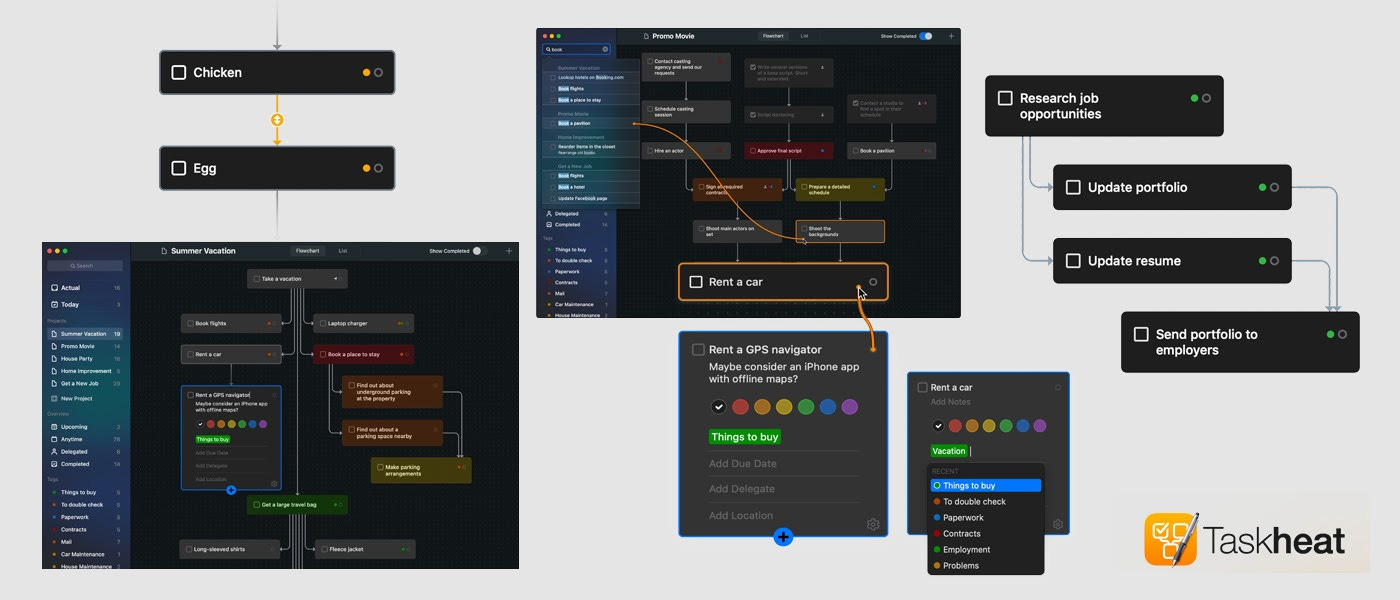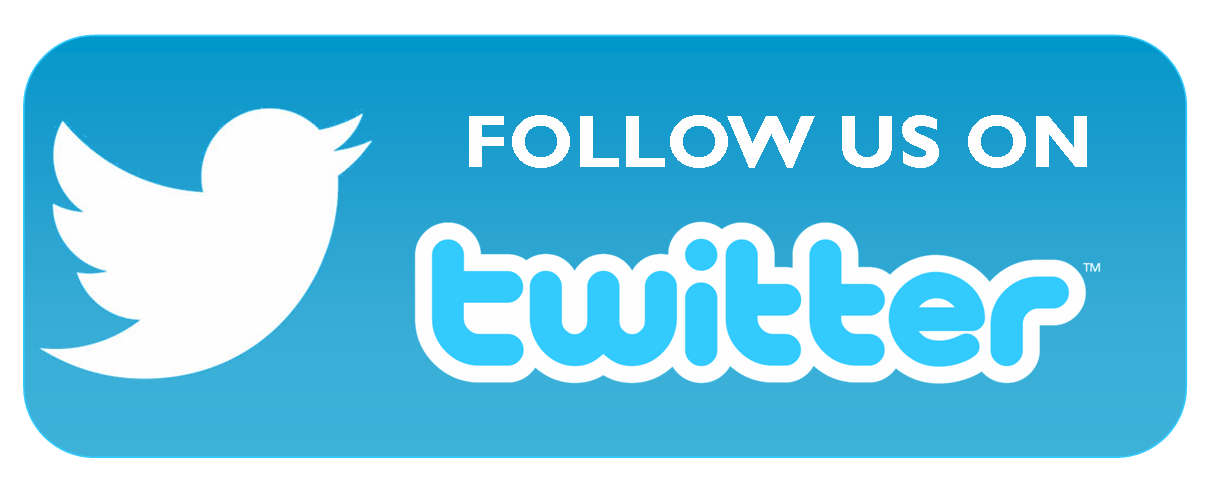Is there a bully at work? Here’s how to deal with them.
Plus, the task manager that helps you focus with flowcharts.
Welcome to another edition of ProductiveGrowth 🌱, biweekly stories about productivity, leadership, motivation, and anything else that allows us to work less and achieve more.
First time reading? Sign up here.
TODAY’S READS:
Work Bullies: How to Identify and Deal With Them.
5 New Routines to Create Work From Home Boundaries.
New Neuroscience Reveals 4 Secrets That Will Make You Emotionally Intelligent.
How to Decrease Email Overwhelm — The First Step.
Train Your Brain Like a Memory Champion.
Work Bullies: How to Identify and Deal With Them.
7 min read | Management.
Work bullies are different from high school bullies. They’re smarter, and most of them are subtle. But don’t let them fool you — they can be just as cruel.
A few years ago, I worked in the same place as the biggest work bully I had ever met. Let’s call her Carrie. Carrie was the associate director of the finances and accounting team. She didn’t have to say a word; her face and body language alone were intimidating.
Carrie was extremely good at her job. She could point out errors in calculations within seconds, without even writing the numbers down, and had saved the company millions of dollars. It was impressive.
But she had built a realm of fear. All her reports were terrified to approach her. They couldn’t sleep the night before they had a meeting with her. They felt like there was zero room for error.
This company had policies and procedures to tackle workplace harassment, but even when employees reported her, the company couldn’t fire her. On paper, she “wasn’t doing anything wrong.” She never insulted, screamed, or threatened anyone. She was just one of those people who knew how to make you feel dumb without verbalizing it.
Many people left the company due to her management style, but the fear was so heavy that they didn’t even say it in their exit interviews. It’s been over two years, and Carrie still works there, while several other people have left their jobs because of her.
I didn’t report directly to her, but I remember one time when I had to confront her. My intern was in charge of coordinating the fiscal year-end celebration. She mistakenly requested a purchase order for the wrong amount and needed Carrie’s approval to change it.
My intern sent an email copying me to get the approval. Carrie answered by copying my boss and the boss of my boss, saying it wasn’t possible for her to approve the change. However, we had all of the documentation and were following guidelines.
I immediately approached her to explain all of the reasons we needed the approval. I also mentioned it was rude to copy all the reporting lines, exposing my intern’s mistake instead of teaching her what she did wrong. She never apologized, but she was much more open to any of our requests after that.
Do you have a Carrie at work? Maybe it’s obvious. Maybe everyone knows who the bully is, or perhaps they’re so subtle that it feels like you’re the only one who’s being targeted. Good news! You have the power to stop workplace bullies. Let me show you how.
What’s a workplace bully?
According to the Canadian Center of Occupational Health and Safety (CCOHS), “Bullying is usually seen as acts or verbal comments that could psychologically or 'mentally' hurt or isolate a person in the workplace.” These acts or comments are usually described as bullying when they become a pattern and are repetitive, the CCOHS explains.
In other words, a bully is basically a person who intentionally makes you feel uncomfortable at work in the way they refer to, talk about, or act towards you. The main difference between bullying and harassment — although they are pretty similar — is that bullying is not illegal, but harassment could be. Bullying is usually psychological and way more subtle. Harassment can also be physical.
Why is this important?
According to the Workplace Bullying Institute (WBI), more than half of the US working population is suffering (19%), has suffered (20%), or has witnessed (22%) a form of workplace bullying. Chances are you’ve probably been through it too.
No, it hasn’t gotten better since we’re all working from home.
Even though we’re mostly working remotely, bullies haven’t stopped. In fact, the previous numbers increased from last year’s survey. The previously mentioned study from WBI, shows that remote work has opened a door for a new form of bullying through emails and meetings. At least 61.5% of the surveyed population had either been a victim of or has witnessed cyber workplace bullying.
Types of work bullies.
Drs. Ruth and Gary Namie, founders of the WBI, divided work bullies into four categories after studying multiple cases and stories about workplace bullying:
“The screaming Mimi”- The one who raises their voice and screams to instill fear and to be the only one who talks. They paralyze their coworkers.
“The constant critic” - They always find something wrong to point out. They don’t show this in public, but instead do it behind closed doors. It’s hard to get people to believe you if you call it out.
“The two-headed snake” - This person steals the credit for your ideas and work. They appear to be nice to your face, but share private information about you with others. They try to alter the image people have of you.
“The gatekeeper” - They reduce your access to the resources you need to succeed.
We could say Carrie was a mix between the constant critic and the gatekeeper.
How to stop it?
You shouldn’t be afraid to go to work. Unfortunately, there’s no magic formula that will stop this behavior, but there are several things you can do to deal with it.
Confront your bully: This one takes a lot of courage, but it helps. Confronting your bully politely makes them know you want them to stop. If they don’t, keep climbing the ladder. Write a record of all the incidents and take it to your manager or HR. If none of those things help, look for a lawyer, or start applying for other jobs. Jobs come and go. Don’t stay in places where you are treated poorly. A few considerations:
Try to make the confrontation in a public place. You don’t have to make the confrontation public, but being surrounded by others will put you in a safe space in case things get ugly.
Share examples. Be clear of what they did and why it made you feel bad.
Ask them politely to stop. If they don’t, you’ll escalate the issue.
Push for changes: There are several states evaluating the implementation of healthy workplace or anti-bullying legislation, but nothing has been approved at the federal level. You can push for your company to implement policies and workplace behavior guidelines and ask your lawmakers to do the same.
Intervene if you witness any form of bullying: Sometimes it’s hard to know what to do in these cases, but don’t be complicit in this kind of behavior. If you see anything that’s wrong, confront the bully or speak to their managers. Not saying anything makes you an accomplice. You could follow the Hollaback! 5D’s of a bystander:
Distract: If you’re in a situation where someone is being bullied, try to distract the focus of attention. Engage the victim in another conversation or change the topic. Ask for the time. Find any excuse to subtly intervene.
Delegation: If you witness a situation of this nature, point the bully out and find someone who can help. Their manager, another peer, or an HR person.
Document: Record a video or audio of the situation, or take pictures. Then, ask the victim what they want to do with the footage. Don’t expose it online or to their managers without the victim’s consent.
Delay: Join the person after the incident. Ask if they are okay and if there’s anything you can do to help.
Direct: Confront the bully directly. Call them out and say, “Stop, this is inappropriate, mean, not okay, etc.,” or whatever applies to the situation.
Feeling uncomfortable at your job is one of the most terrible feelings. The inner fight between needing the paycheck and wanting to run and never look back is hard to handle. That’s why I encourage you to put a stop to your workplace bully. And if you have already tried all the solutions, but are unable to end it, then look for another job, save money, and quit as soon as you can.
Many companies won’t deal with the bullies because, like Carrie, they’re usually in positions of power or are great assets to the business. But you are not powerless. You have the power to decide if you want to stay or find someplace you’re treated better.
“Sometimes it hurts to leave, but think about how much it hurts to stay” - Anonymous.
Thanks for reading,
Camila.
Edited by: Lauren Maslen.
JOIN US IN TWITTER SPACES.
On Tuesday, June 8th at 7:30 am PST/9:30 CT/10:30 EST, hop into our Twitter Spaces to discuss the topics shared in this issue.
Find us here: https://twitter.com/productveGrowth
EDITOR’S PICKS
5 New Routines to Create Work From Home Boundaries- The limits between work and rest can vanish when we work from home. This article by Abobe’s 99u blog shares 5 things you should incorporate into your routine to get that balance back.
New Neuroscience Reveals 4 Secrets That Will Make You Emotionally Intelligent- In this blog post, “Barking up the wrong tree” author, Eric Barker, shares how human emotions are connected to World of Warcraft. He also digs into the '4Rs' that can improve your emotional intelligence
How to Decrease Email Overwhelm — The First Step - Email is a great tool, but it can also be a curse. Answering every single message can become impossible! Steal Tim Ferris’s secret to create a personal autoresponder and declutter your inbox.
Train Your Brain Like a Memory Champion - If you have trouble remembering names and numbers, this article will help you out. It explains a system developed in 1648 that will help you increase your memory using mnemonic devices.
DISCOVER:
Taskheat is a task manager like no other. It allows you to list your pending tasks and view them as a flowchart. Color code each activity, mark which tasks go before the other, and have fun getting things done. Read a full review here.
SCROLLING THROUGH
Sales Notepad shared 10 mistakes you should avoid before turning 30. There’s some excellent advice here — even for people over 30. My favorite is, “you shouldn’t compare.” I think we all end up comparing ourselves with others in a particular moment of our lives, but doing so can only cause anxiety.
IN CASE YOU MISSED IT
My favorite templates for managers- Google probably has everything you’ve ever imagined. The problem is, it can be overcrowded and hard to find all the things you need. This issue compiles the very best templates for managers that we could find online.
Focus: The Ultimate Guide on How to Improve Focus and Concentration- James Clear lives up to his name and can make every concept crystal clear. This article is no exception. In this guide, he explains what focus is and goes through all the concepts related to it.
Meditation & productivity go together like PB&J. See why scientists think so. - Meditation can modify your brain and help you improve your memory, emotional processing, and decision making. Read about the types of meditation that can help you become more productive in this issue.
WORLD EXPLORER
If you’ve been on Instagram in recent years, you’ve probably seen this outdoor lovers’ dream: stunning photos of flowing red sandstone with streams of light filtering down through the slot canyons.
The canyon is called Tsé bighánílíní, which means 'the place where water runs through rocks.’ It’s nestled in the northwest corner of the Navajo Nation in Arizona, just a stone’s throw from Utah. This canyon is split into two parts: Tsé bighánílíní and Hazdistazí, more commonly known as Upper & Lower Antelope Canyon.
Rushing water from thousands of monsoon seasons created this dreamscape. Now the canyon is only accessible by tour guides licensed by the Navajo Nation.
What did you think of this issue? 🤔
Amazing 🙌 • Good 👏 •Meh 👌 •Bad 😴
See you next issue,
Steve 👋
SUPPORT, CONTRIBUTE or SPONSOR
If you liked this issue buy us a coffee to support our work.
Ask a question, Write a guest post, share your story, or recommend an article: reply to this email or submit it here
Sponsor a post or social media by getting your media kit: here
If you’re finding this newsletter valuable, consider sharing 📨 it with friends, or subscribing if you haven’t already.










